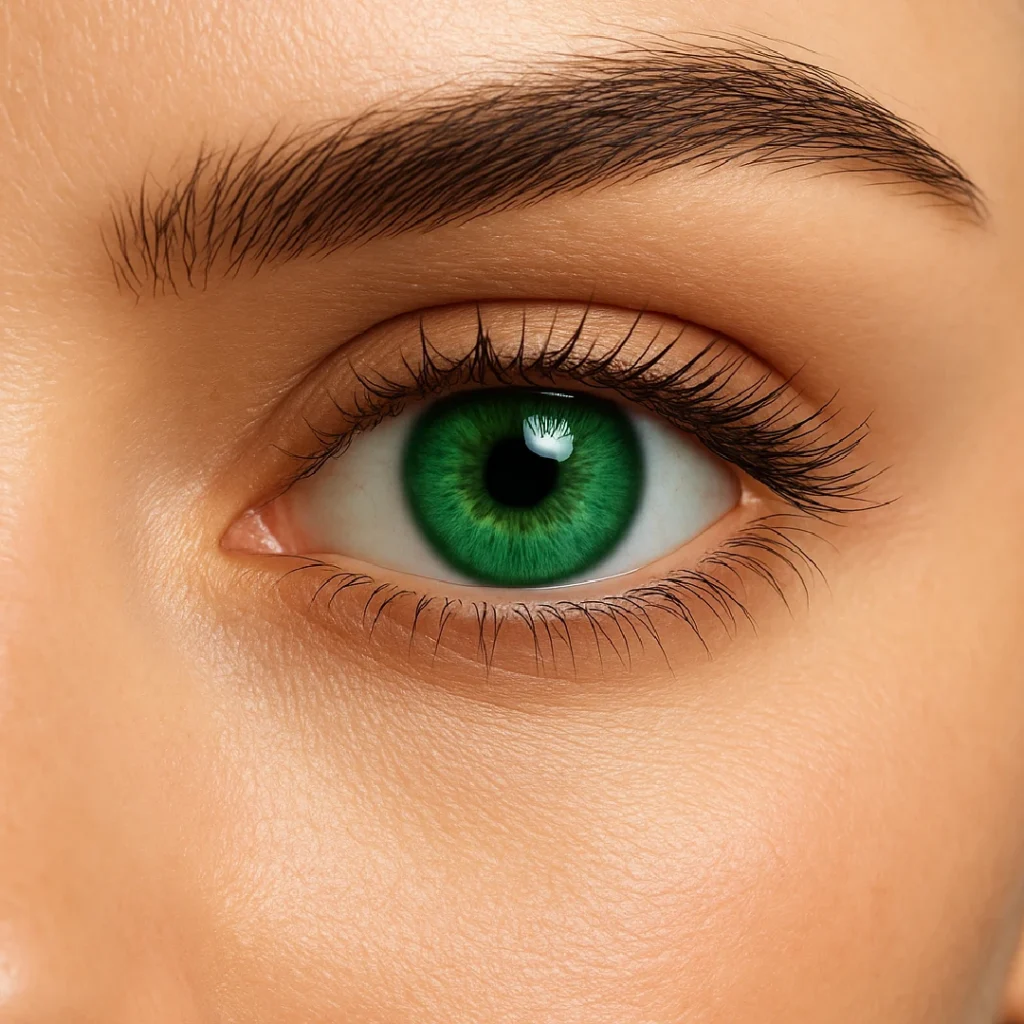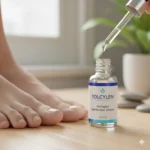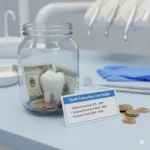Some eyes don’t just look back. They glow. You’ve seen them. That flash of green that stops your breath. A hint of emerald, sometimes jade, sometimes gold. They look alive. Moving.
Only 2% of humans have them. That’s rare enough to make myths.
You ever wonder what makes them? Why they shimmer differently under sunlight or cloud? Why they feel like they’re watching from another story altogether?
1 The Mystery Begins
Picture a crowded street. Faces everywhere. But one pair of eyes catches yours. They don’t stay still. They shift—gray in the shadows, green under neon, gold by candlelight. You think: “No way that’s natural.” It is.
People write songs about eyes like that. Painters chase the color. Lovers remember it. Maybe it’s in your family. it’s yours. you’ve spent years explaining, “No, they’re not contacts.”
Green eyes are more than pigment. They’re history, biology, memory. They’re rare, unpredictable, and full of contradiction. Beautiful things usually are.
2 Where It All Started
Long before genes and lab coats, people had stories.
Green eyes meant danger. Desire. Magic.
In Celtic myths, green-eyed women were said to be witches. Not evil. Just powerful.
In the Middle East, they were signs of both beauty and envy. People whispered about them. Said they could bless or curse.
The Renaissance painters gave them to angels. And sinners. Sometimes the same person.
Writers caught on. Wilde. Du Maurier. Even Shakespeare. He called jealousy a “green-eyed monster.” But maybe he was just trying to describe what he couldn’t understand.
Time moved. Cameras came. Hollywood lights. Suddenly, green eyes weren’t omens. They were art.
Magazines called them exotic. Mysterious. Something to frame, to photograph, to envy.
Still the same fascination. Just with filters now.
3 The Science Beneath the Spell
Let’s get under the skin. Literally. The iris—tiny, circular, alive. Inside it, melanin, a dark pigment that decides almost everything. More melanin? Dark brown. Less? Blue.
In between? That’s where green hides.
It’s not really “green,” not the way a leaf is. It’s a trick. Light scattering through the iris, bouncing between layers. Like sunlight through fog. Scientists call it the Tyndall effect. You call it magic.
The color depends on how much light gets absorbed or reflected. Some days your eyes look bright. Other days, muted. You’re not imagining it. The color moves with the light.
Genes. The Real Painters.
Eye color isn’t one switch. It’s fifty. Maybe more.
You’ve heard that thing: brown is dominant, blue recessive. It’s wrong.
Two green-eyed parents might have a blue-eyed kid. Or brown. It’s roulette.
Genes like OCA2 and HERC2 on chromosome 15 control melanin levels. Then others—SLC24A4, TYRP1, IRF4—join the party. Each changes pigment a little. Mix them and you get shades—forest green, olive, hazel, sea-glass.
Scientists found a single variant—rs12913832—that helps predict blue eyes. But even that one isn’t sure. People with the same variant end up with different colors. The genome doesn’t follow our rules.
What the Numbers Say
Eye color is 85% heritable. But not predictable. That’s science’s way of saying: “We mostly get it, but not really.”
Two green-eyed parents? High chance the kid gets green too. Not guaranteed.
Brown usually wins. But sometimes, green slips through. A rare mix of light melanin and perfect scattering. A genetic accident that looks deliberate.
You can’t breed it. You can’t force it. It just happens. Like poetry.
4 The World’s Map of Green
Ireland. Scotland. Iceland. The Baltic coast. That’s green-eye country. Cold places. Soft light. High genetic mixing. You find more green eyes there than anywhere. Some towns have up to 20%.
Elsewhere? They’re whispers.
In Asia, Africa, South America, the percentage drops to nearly zero. When green shows up, it’s like finding emerald in stone. Unexpected.
A Polish study found 12.5% of people had green eyes. More women than men. Why? No one knows. Maybe perception. Maybe biology.
Globally, green eyes are a minority. Maybe that’s why they feel like rebellion.
5 Faces the World Remembers
Some people carry stories in their eyes.
Eva Green. Her name says it all. You can’t separate the actress from the color. Her gaze feels like a spell.
Scarlett Johansson. Sometimes green, sometimes hazel. Always unforgettable.
Amanda Seyfried. Bright, wild green under soft lighting. Her makeup artists swear by plum and gold tones to make them blaze.
Alice Eve. One eye blue, one green. Proof that even symmetry gets bored.
Their eyes became part of their art. A signature.
Once, makeup artists at the Golden Globes used a red-purple hue on Seyfried’s eyelids. Opposite of green on the color wheel. It made her eyes explode on camera. People couldn’t look away.
That’s color theory. That’s storytelling through pigment.
6 What Green Eyes Mean (To Us)
We don’t just see color. We feel it. Green eyes carry emotion, stories, energy.
They’ve been painted as mysterious. Dangerous. Enchanting.
Linked to nature—forests, moss, spring.
Linked to envy—thanks, Shakespeare.
People say green-eyed folks are passionate. Intense. Maybe. Or maybe they just look like they know secrets.
There’s something psychological too. Eye color changes how we perceive faces. Green eyes? They grab attention. They look rare, so the brain pays more.
Sometimes that’s good. Sometimes it’s heavy. You get noticed for something you never chose.
Still, people with green eyes wear the mythology. It sticks. Whether you want it or not.
7 Style for the Emerald Soul
Let’s get practical. You’ve got green eyes. What do you do?
Start with color contrast. Reds and purples wake up green. Copper, gold, peach—they’re allies.
Skip too much green. It drowns itself out.
Soft lighting works best. Not harsh. Morning or evening light brings the glow out. You’ll see it—your eyes shift tone. Cameras love that hour.
Keep brows shaped. Strong but natural. They frame the iris.
Hydrate your skin. The clearer the whites of your eyes, the brighter the green.
And yes eye drops can help. Ask your optometrist.
Every detail around your eyes either dulls or amplifies the story they tell.
8 The Health Side of Green
Here’s the truth. Green eyes don’t just shine—they react.
They’ve got less melanin. That means less protection from light. You squint more in bright sun. You need better sunglasses.
Lighter eyes are more sensitive to glare. Sometimes even to screens.
It’s not a disease. Just physics. Melanin absorbs light. Less of it? More reflection.
A few studies talk about small risks—like uveal melanoma—but nothing conclusive. Don’t panic. Just protect.
If your eye color changes over time—really changes—it might be medical.
Pain, blur, or new pigment? Go see a doctor. Fast.
Your eyes are rare. Treat them like that.
9 Keep Them Bright
Simple care list. No fluff.
- Sunglasses. Always.
- Sleep enough. Tired eyes go dull.
- Eat greens, fish, fruit. Vitamin A, omega-3. You’ll thank yourself.
- Stay hydrated.
- Don’t rub your eyes. Ever. It damages tissue, shifts pigment.
Green eyes look brightest against clear skin and calm faces. Stress dulls everything. Rest brings the color back.
10 Tomorrow’s Eyes
Science never stops poking nature. Eye color too.
Some labs already experiment with gene editing. Hypothetical eye-color engineering. Pick your baby’s eyes. Frightening, right?
Could green eyes be “created”? Maybe. Should they be? Probably not. Beauty loses meaning when it’s built.
Future genetics might explain the small mysteries—why green happens more in women, or why it glows under certain light.
Maybe one day, they’ll decode every gene involved.
Until then, green eyes stay what they are. A lucky roll. A visual accident that feels divine.
11 A Final Look
If you’ve ever met someone with green eyes, you remember.
If you have them yourself, you’ve heard every question. “Are they real?” “Do they change color? Where did you get them?
The truth’s simple.
Green eyes are chemistry. And emotion.
A reflection. A filter. A signal.
They carry the past—myths, genes, stories—and still feel like the future.
So next time you catch that glint of green across the room, stop. That’s evolution and poetry staring back.
12 FAQs Because Curiosity Never Ends
Q: What makes eyes green?
Pigment. Melanin. And light scattering. It’s physics wrapped in beauty.
Q: Are green eyes really that rare?
Yep. About two out of every hundred people. That’s all.
Q: Can two blue-eyed parents have a green-eyed child?
Sometimes. Genes play wild games.
Q: Do green eyes change color?
A bit. Lighting, mood, clothing. Not permanently.
Q: Are they more sensitive to light?
Yes. Less pigment = more glare.
Q: What makeup colors make them pop?
Reds, purples, bronzes. Anything warm.
Q: Are green eyes healthier or weaker?
Neither. Just different. Protect from sun.
Q: Can you make your eyes green?
Contacts, yes. Genetics, no. Not yet.
Q: Why do people link green eyes with jealousy?
Old literature. Symbolism. Shakespeare’s fault.
Q: What countries have the most green eyes?
Ireland, Scotland, parts of Northern Europe.











